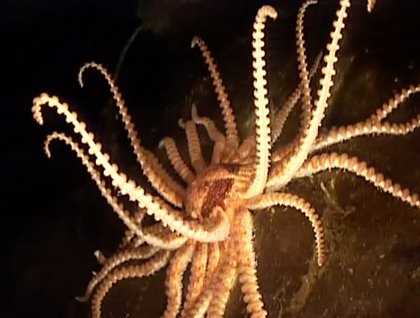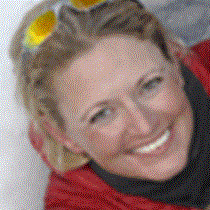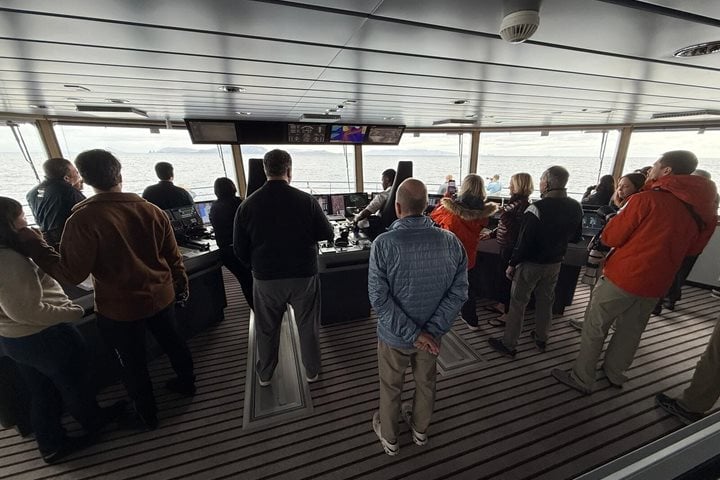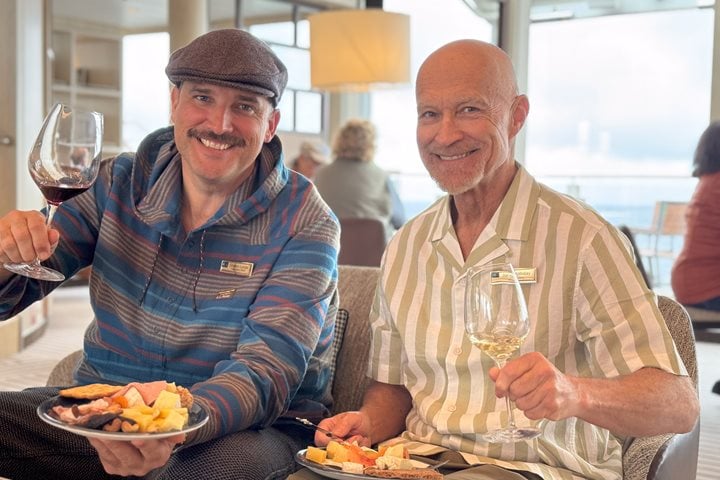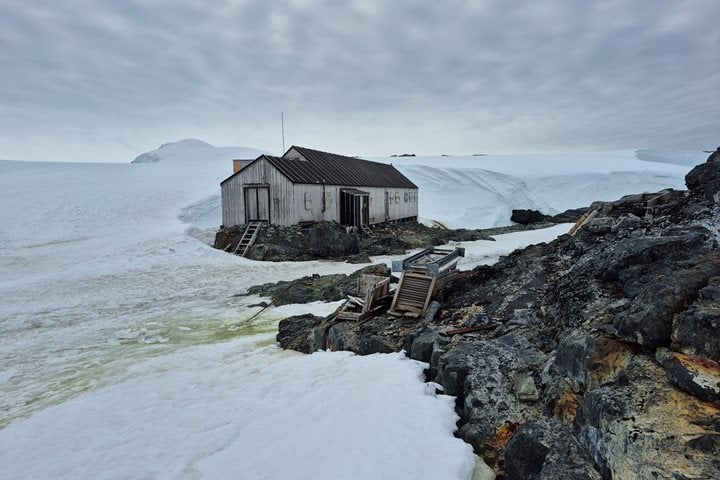Days at sea in the Southern Ocean can be surprisingly pleasant, especially if you have been dreading the Drake Passage, this fabled section of water extending between the Antarctic Peninsula and the end of South America. Today we might call it the “Drake Lake” if not for the fear of jinxing ourselves as we have one more day until we are in the protection of the Beagle Channel. So let us suffice to say we are all up and about, catching up on photos, enjoying the presentations, and gazing at the incredible birdlife trailing us across the passage.
At some point tonight we will cross the convergence—or Polar Front—the ecological boundary of Antarctica, and leave behind an amazing ecosystem, where 99.9% of the creatures there rely on the ocean surrounding the White Continent.
The Southern Ocean is impressively nutrient-rich, supporting a variety of life, living above and below the surface. As undersea specialists aboard National Geographic Explorer, Thor and I are able to use our underwater tools of exploration (a plankton net, GoPro, Sony RX100 in an underwater housing, and a remotely operated vehicle, or ROV), to film this extreme sub-surface world. The ROV is where some of the most real exploration is being done in the Antarctic, and we share our information with as many scientists we can, from the various national programs. You may be familiar with ROVs from movies like the Abyss and Titanic, or the Deepwater Horizon disaster. ROV’s are able to go into deeper and into more dangerous environments than divers. They also allow intimate exploration of the benthic community without changing marine creature behavior or disturbing the environment. In days past, the way you surveyed a bottom was by dredging—a big net was dragged along the bottom and bits and pieces of an enormous puzzle were brought to the surface. With an ROV, we can film, while observing the delicate interactions, which happen between invertebrates. It is with the ROV we find creatures never recorded before—on any given day we can find something science may have never known about.
A favorite site for ROV-ing is Petermann Island, where Jean Baptiste Charcot overwintered in 1908 and made some of the recorded first underwater observations of the invertebrates in Antarctica. On this particular flight of the ROV, we found sunstars over a meter across, many of their 40 arms extended into the water column, waiting to catch a meal—something we first documented with the ROV for the USAP in 2003; sea spiders, more closely related to horseshoe crabs than spiders, move slowly along the bottom looking for their soft-bodied prey; finally, the monster of the day, a four-inch octopus, lying in wait.
As we cross the latitudes of the Southern Ocean, we must never forget just how important what lies below the surface is for the rest of the ecosystem.

